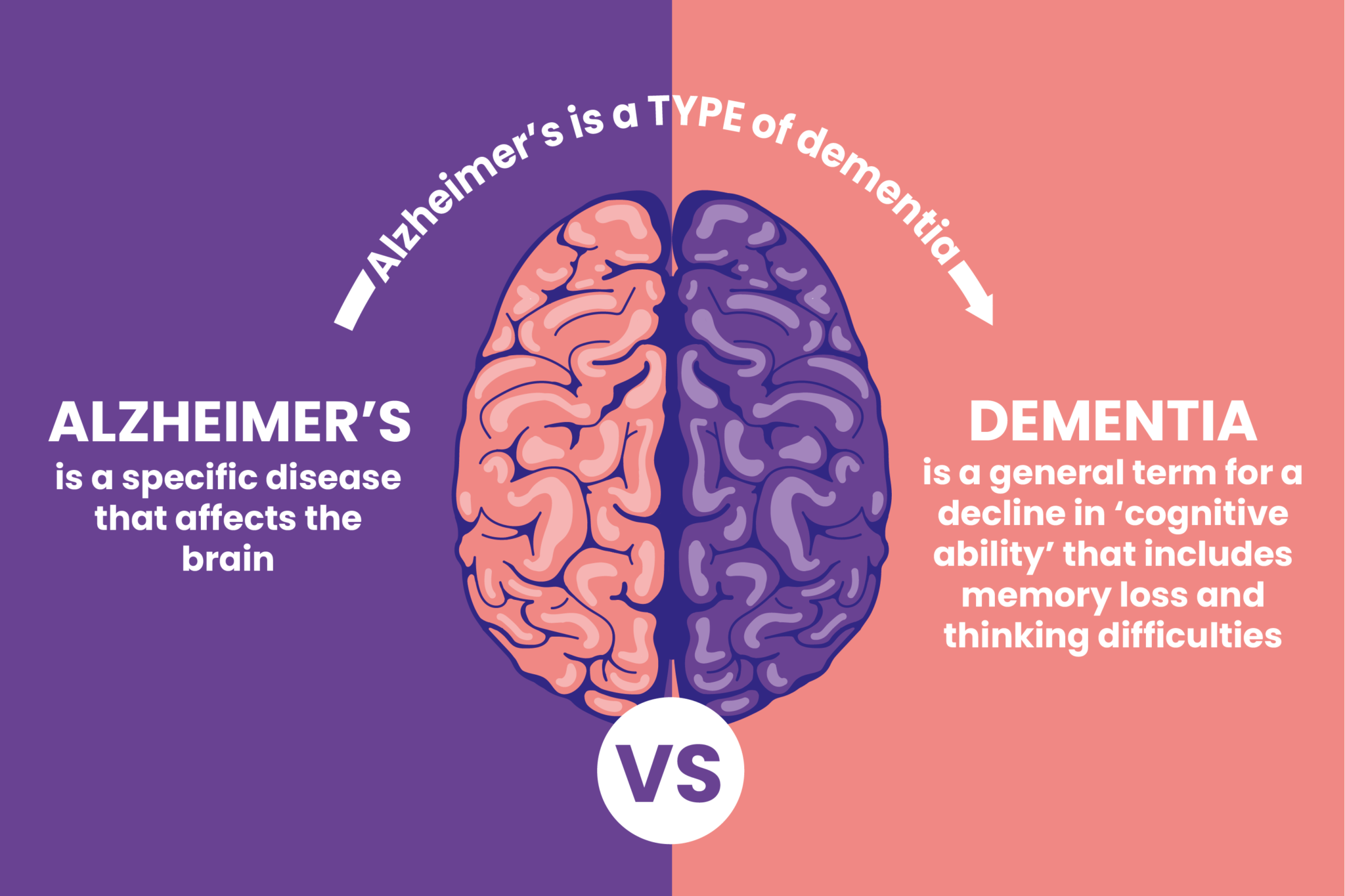
Alzheimer’s disease (AD) is a condition characterized by the development of two abnormal proteins in the brain known as β-amyloid and tau, which are toxic to nerve cells within the brain.1 The build-up of such proteins inexorably leads to neuron death, degraded brain function, and manifestations of dementia; a general term, which describes a decline in mental abilities including language, memory, and logical thinking.1(1488) Considering the downstream effects of AD/dementia, it is imperative that all safe and cost-effective interventions are explored.

The underlying drivers of dementia are thought to emanate from excessive oxidative stress, inflammation, impaired vascular function (i.e., arterial stiffening/high blood pressure), and unfavorable haemodynamics (dynamics of blood flow).2 Interestingly, sauna use has been linked to improved haemodynamic function, lowered blood pressure, reduced inflammation, and reductions of all-cause mortality; outcomes driven by managing core temperature/sweating from heat exposure.2(245)3 As such, sauna use serves as a passive means of conducting aerobic activity to reach said outcomes, and is especially effective amongst individuals suffering from chronic heart failure.2(245) Please see (links provided) other benefits of sauna use below:
LINK: Managing Osteoarthritis And Inflammation With Saunas
LINK: Reducing Headache Intensity with Saunas
LINK: Saunas, Detoxification, And Managing Cardiovascular Disease
LINK: Heavy Metals and Hypertension: How Saunas Can Help
LINK: Heavy Metal Exposure, Saunas Use, and Health Outcomes
LINK: Environmental Pollutants, Sweating, and Detoxification
Knekt et al.3(2) noted that frequent sauna bathing might help reduce risk of cardiovascular disease and other chronic diseases, to include dementia. In their prospective cohort study, Knekt et al.3(1-2) followed 13,994 men and women aged between 30-69 (all free from dementia) from 1973. Said participants originally filled out questionnaires, which gathered information on sauna frequency (per month), length of each session, temperature of the sauna, use of alcohol, education, marital status, physical activity, presence of chronic disease, and perceived health.3(2) Additional information included height, weight, BMI, fasting glucose, resting blood pressure, total cholesterol, and triglycerides.3(2)

The outcome measure, dementia, was tracked amongst said participants via nationwide health registrars where dementia was diagnosed.3(2) Hospitalizations due to dementia were tracked by the Care Register for Health Care, while mortality accompanied by dementia was tracked by death certificates through Statistics Finland.3(2) Finally, medications prescribed for dementia was tracked through Social Insurance Institution’s registeries.3(2) The follow-up time was defined as the number of days from baseline/intake to the date of the first occurrence of dementia.

The study indicated that almost all (99.0%) of the participants practiced sauna bathing at least 6 times/month.3(3) After adjusting for potential metabolic/lifestyle/socioeconomic risk factors of dementia, the hazard ratio (a measure/probability of the effect of an intervention, like sauna use, against an outcome, such as the presence of dementia) amongst participants sauna bathing 9-12 times/month were less likely (53% reduction) to experience dementia when compared to individuals who bathed in the sauna 0-4 times/month.3(3) Furthermore, sauna temperatures of 80-99 degrees Celsius had the strongest associations with protection from dementia, while higher temperatures (above 100 degrees Celsius) increased risk of dementia.3(2-3)
In conclusion, AD is a condition characterized by the development of two abnormal proteins in the brain known as β-amyloid and tau, which are toxic to nerve cells within the brain. The build-up of such proteins inexorably leads to neuron death, degraded brain function, and manifestations of dementia. Though exact mechanisms behind sauna use and dementia risk reduction remain unclear, the aforementioned study suggests potential benefit of implementing sauna use. Considering the relative ease of use, safety, and relaxing qualities of the sauna, implementing the same is likely to be an appealing option to individuals.
References
1. Jin J. Alzheimer disease. JAMA. 2015;313(14):1488. doi:10.1001/jama.2015.2852.
2. Laukkanen T, Kunutsor S, Kauhanen J, et al. Sauna bathing is inversely associated with dementia and Alzheimer’s disease in middle-aged Finnish men. Age Ageing. 2017;1(46):245-249. doi:10.1093/ageing/afw212.
3. Knekt P, Jarvinen R, Rissanen H, Heliovaara M, et al. Does sauna bathing protect against dementia? Prev Med Rep. 2020;20:1-6. doi: https://doi.org/10.1016/j.pmedr.2020.101221.
-Michael McIsaac
